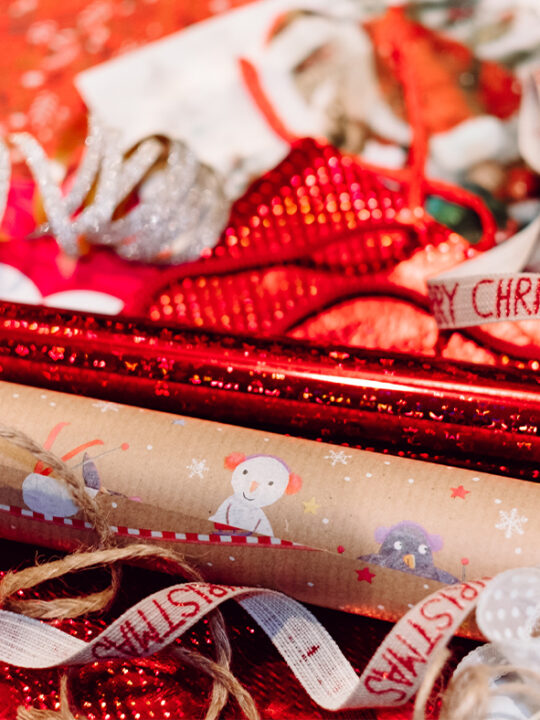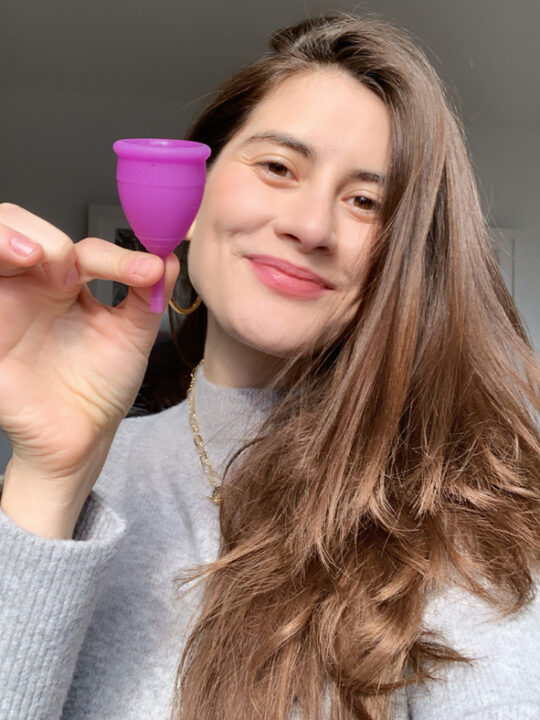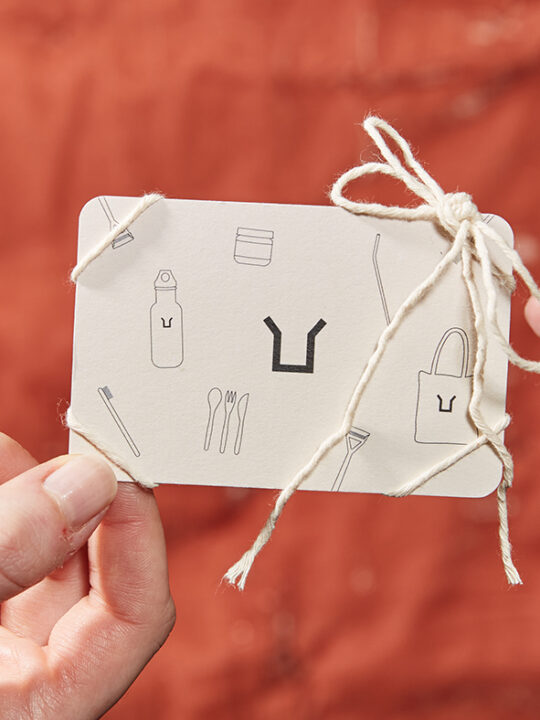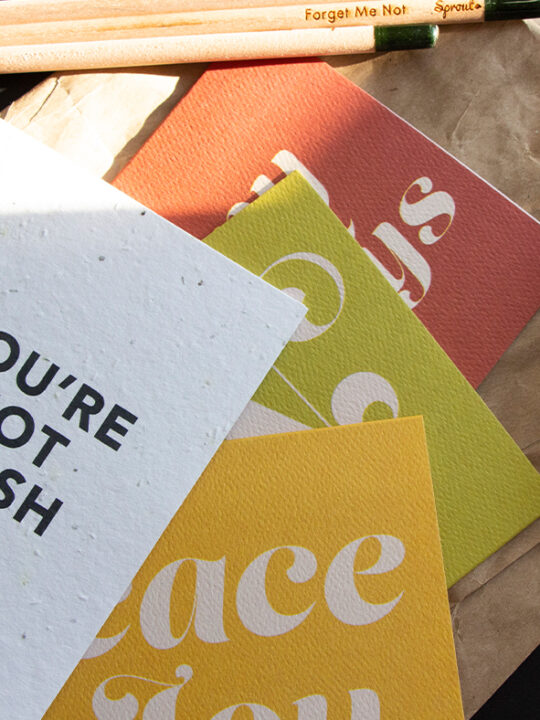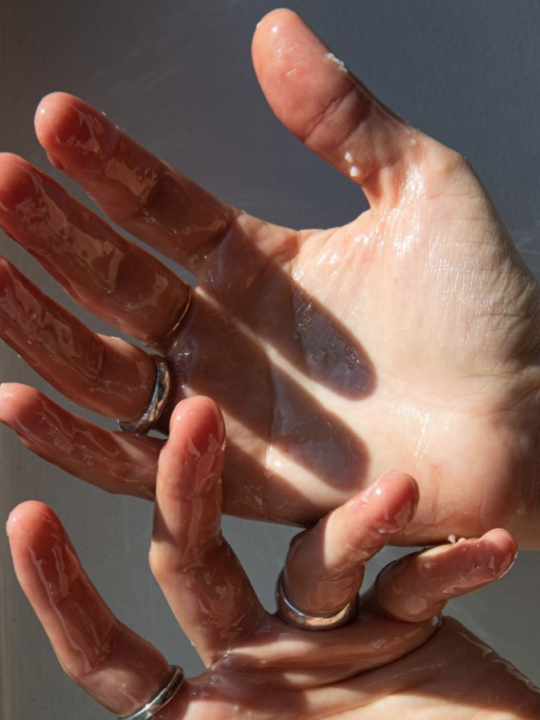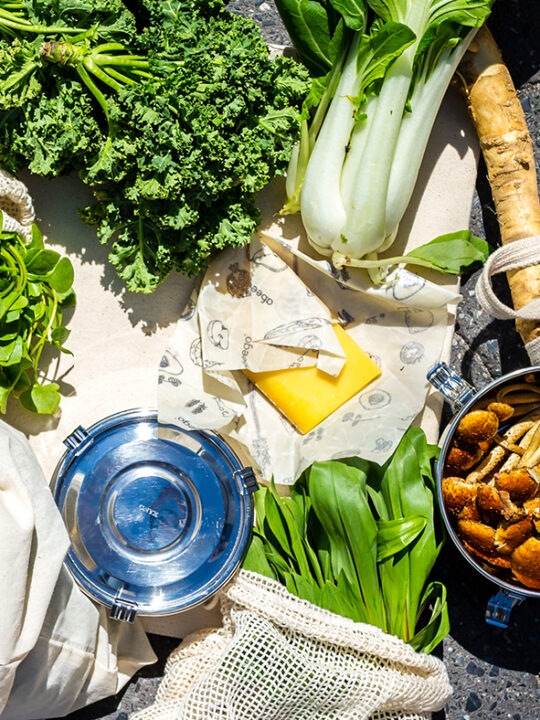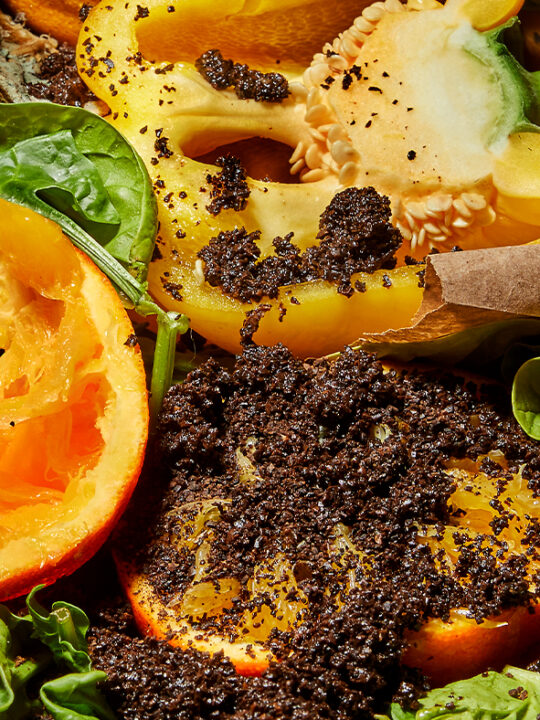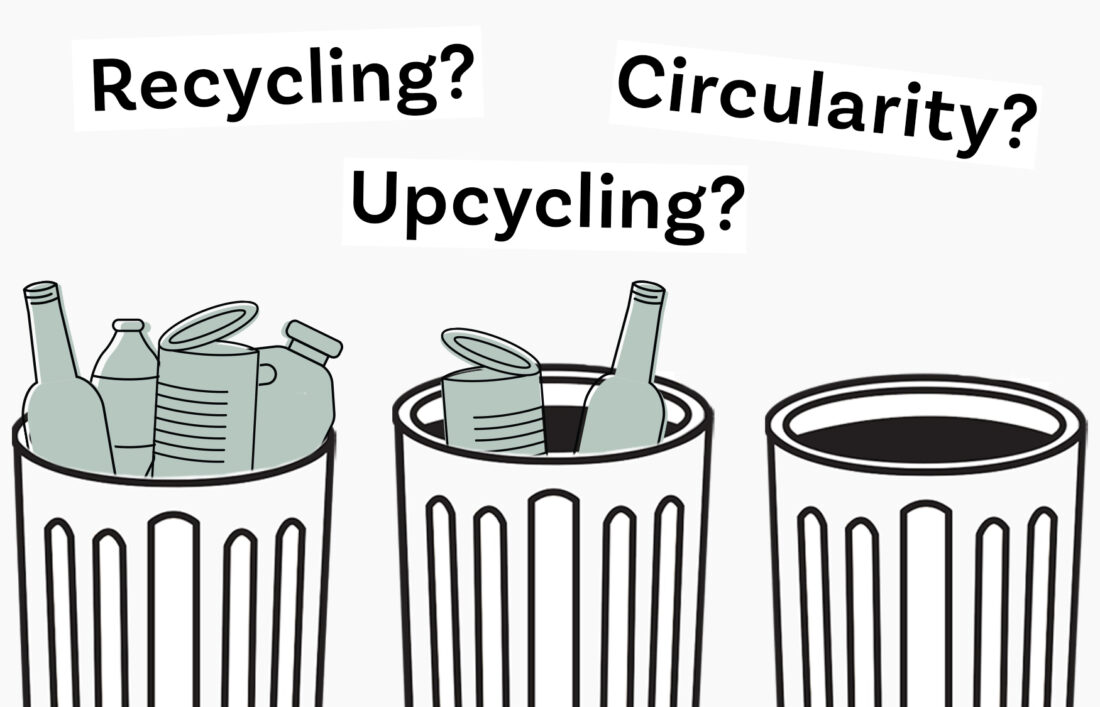
What is a buzzword? (think: “eco-friendly”, “green”, and “sustainable”). The popularization of sustainability is a good thing (even Burger King is now talking about climate change?!), but buzzwords can be misleading when it comes to knowing what is good, and what is not. To have the greatest impact, it’s important to have a clear understanding of what these terms actually mean—so let’s start by explaining some of the most often used: recycling vs. upcycling vs. circularity.
Recycling
 Recycling is one of the most used words in the sustainability space—but what does it really mean? The EPA explains it as “the process of collecting and processing materials that would otherwise be thrown away as trash and turning them into new products”. The process is a bit more complicated than that, and often includes numerous steps of collection, sorting, processing, selling, transforming, and remanufacturing, but the general idea is converting waste materials into reusable materials.
Recycling is one of the most used words in the sustainability space—but what does it really mean? The EPA explains it as “the process of collecting and processing materials that would otherwise be thrown away as trash and turning them into new products”. The process is a bit more complicated than that, and often includes numerous steps of collection, sorting, processing, selling, transforming, and remanufacturing, but the general idea is converting waste materials into reusable materials.
What can be recycled? Every municipality is different, but glass, aluminum, steel, paper, and rigid plastics are all commonly accepted materials, which are then recycled through mechanical and chemical processes (Fun fact: A glass container can go from a recycling bin to a store shelf in as few as 30 days!)
The verdict on recycling:
Roughly 75% of America’s waste stream is made up of recyclable materials, but only 9% of it actually gets recycled. The rest is either burned or sent to landfill where it will emit methane and leach toxic chemicals into the natural environment. Why is so little actually recycled? The short of it that the process of recycling is expensive, and there is really no market for recycled materials since new materials often cost a fraction of the price due to things like oil and gas subsidies making virgin (new) materials so inexpensive. In some cities, it’s been found that more than 80% of household recycling is directly sent to landfill or an incinerator, which means that it’s never even given a chance to get recycled. Another common reason why recycling gets rejected: contamination. All plastics, jars, cartons, and cans need to be fully emptied and rinsed clean, and paper and cardboard have to dry. Aka if your pizza box has grease on it, or if your takeout container has chili oil remnants—it cannot be recycled.
So while recycling helps to alleviate some of our trash problems, unless you’re using a service like TerraCycle, it’s hard to absolutely guarantee that your municipal recycling will actually get recycled. This is why it’s best to use recycling as a last resort. That being said, I always clean and sort my materials for recycling assuming that the system works perfectly so they have the best fighting chance of being recycled.
The best way to reduce waste is by refusing plastic in the first place and opting for reusables as best you can. Look in your recycling bin and ask yourself: What do I recycle most? Maybe you notice a lot of plastic hummus containers (that you properly rinsed out before putting in the bin, of course). These can be swapped out with making your own (hummus is super simple, trust me!) and storing it in an airtight stainless steel container. Or maybe you notice a plethora of plastic water bottles. Maybe it’s time to kick the plastic habit and replace it with a reusable one. You can find lots of sustainable solutions to commonly tossed items at Package Free!
Upcycling
 Upcycling is about getting creative (and often crafty) with the things that you already own but no longer have use for. This can be anything from making a new pair of shorts out of old ripped jeans, repurposing an old tin can as a succulent planter, finding 28 new uses for a twist tie (yes, I really did this. Check out this article to see how!), or with the Albatross Takeback program, they upcycle used shaving blades into cutlery, bike racks, park benches, and more (how cool is that?!)
Upcycling is about getting creative (and often crafty) with the things that you already own but no longer have use for. This can be anything from making a new pair of shorts out of old ripped jeans, repurposing an old tin can as a succulent planter, finding 28 new uses for a twist tie (yes, I really did this. Check out this article to see how!), or with the Albatross Takeback program, they upcycle used shaving blades into cutlery, bike racks, park benches, and more (how cool is that?!)
The verdict on upcycling:
Upcycling is amazing. It prevents having to buy new, and the finished product is often of higher perceived value, more functional, or even prettier than the original object was! With just a little creativity, you might be surprised at the different ways that you’re able to reuse or repurpose objects and materials that you already own—and who knows, you might have fun doing it!
But at the end of the day, upcycled products still have to be recycled (and as we saw above, that system is far from perfect, or they eventually go to landfill), which is why circularity is best.
Circularity Before jumping into circularity, let’s start by addressing why a linear economy (aka what we’ve become used to) is bad for the environment.
Before jumping into circularity, let’s start by addressing why a linear economy (aka what we’ve become used to) is bad for the environment.
In a linear system, something is made, consumed, disposed of, and then the entire process starts all over again. Something is made, consumed, then disposed of. Made, consumed, disposed of. And so on and so on. In this “throw away and replace” model, nothing is repurposed and reused. Instead, resources are continuously depleted to make new items from scratch, significant amounts of waste piles up from continuously throwing away products at the end of their life, and pollution escalates throughout the entire system.
In a circular economy, products are intended to have use beyond their own shelf life. Materials from old products are reused to make new products, or the end of life of one product helps the fruition of something else. With closed loop systems, it eliminates the accumulation of waste and unnecessary extrapolation of new resources.
This can be a tricky one to wrap your head around (pun intended), so here is a video from the Ellen Macarthur Foundation which explains it nicely:
At Package Free, we believe in a circular economy that functions like a natural ecosystem where nothing is wasted. Here are some examples of circular products:
- Crazy Crayons has helped divert over 120,000 pounds of unused crayons from landfill by creating new crayons from discarded ones! And when you’re done with them, they can be sent back to be recycled into new crayons.
- These cards are made from post-consumer waste, and can be planted after use to grow flowers! The end of the card helps create something new.
- With this dish brush, the handle and head can be composted at the end of its lifecycle to return back to the Earth, and the metal can be recycled into something new.
The verdict on circularity:
Our linear, throwaway culture is depleting the Earth of its natural resources, creating irreversible amounts of pollution, flooding the ocean with plastic waste, and creating massive toxic landfills. This problem was also a big inspiration for starting Package Free. My mission is to make sustainable, closed loop, reusable, and compostable products more accessible to everyone, so that together we can move away from our linear economy and make the world less trashy.
A visual Sparknote:

